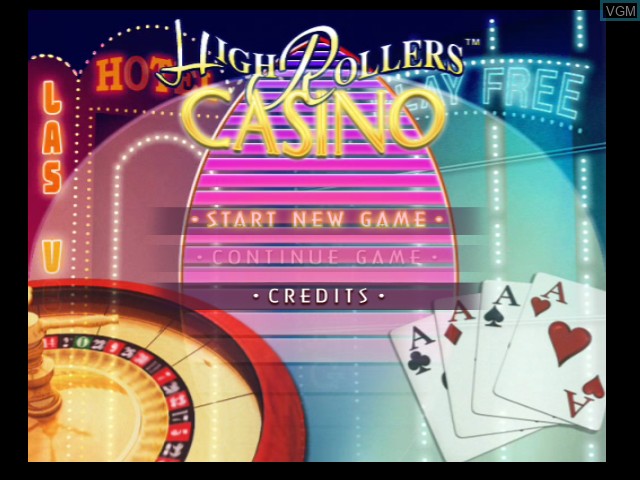
When you consider playing the Bunty Game, grasping volatility and RTP rates can greatly affect your strategy. Volatility indicates how often and how much you might win, while RTP (Return to Player) rates show potential returns over time. Low volatility means frequent, smaller payouts, while high volatility offers sparse, larger rewards, matching with varied risk preferences. These elements are essential for optimizing your gameplay, which could considerably improve your overall experience. So, what’s your next move? bunty game online
Key Takeaways
- Volatility influences payout frequency and amount, influencing strategy and gameplay experience.
- RTP shows the percentage of wagered money returned, aiding in game version selection.
- High volatility provides larger, infrequent rewards, suitable for risk-tolerant players.
- Low volatility offers more frequent, smaller payouts, ideal for gradual progression.
- Understanding RTP and volatility assists manage risk and optimize player strategy.
Understanding Volatility in Bunty Game
When you investigate the Bunty Game, understanding its volatility becomes crucial for optimizing your gameplay strategy.
Volatility addresses the game mechanics that determine how often and how much payouts occur, directly affecting your strategic decisions. A low volatility game offers frequent, smaller payouts, while a high volatility game provides larger, albeit infrequent rewards. Understanding the payout frequency allows you to adapt your approach and manage your bankroll effectively.

For a player looking for liberation through informed decisions, realize that high volatility may require patience and a larger pitchbook.com budget to withstand longer dry spells. Meanwhile, low volatility aligns with conservative play, guaranteeing a steady flow of wins.
Mastering these aspects allows you to utilize the game for consistent results.
Exploring RTP Rates in Bunty Game
The Return to Player rate is a fundamental metric in assessing the Bunty Game’s total performance and player returns.
It’s important that you understand RTP mechanics to fully understand how the game pays back winnings over time. In essence, RTP represents the percentage of wagered money a game is designed to pay back to players.
Exploring Bunty Game, you’ll observe different game variations affect RTP rates. Some versions may offer higher RTP, increasing potential returns, while others could be lower, challenging your strategic understanding.
You pursue the liberation of knowledgeable choices; accordingly, understanding the details of RTP mechanics enables you to choose variations that match with your preferred gaming experience, guaranteeing a balance between fun and fiscal prudence.
Impact of Volatility on Player Strategy
Understanding the impact of volatility on player strategy in the Bunty Game requires examining how fluctuations can change your approach to gameplay.
Volatility dictates the frequency and size of payouts, requiring precise adjustments based on your risk tolerance. High volatility may lead to fewer but larger wins, demanding patience and a strong bankroll to withstand dry spells. Low volatility offers smaller, frequent wins, encouraging steady progression and reducing dramatic losses.
Precisely assessing your comfort with risk is essential. You must adapt gameplay strategies, whether it includes setting budget limits or adjusting bet sizes.
Embrace volatility as a route to customized experiences, enhancing your gameplay by matching with personal preferences. This analytical perspective enables a more liberated and strategic game engagement.
Calculating Expected Returns With RTP
Examining RTP (Return to Player) rates is vital for any player aiming to determine expected returns in the Bunty Game.
Understanding RTP clarifies your decision-making by showing how much you might regain over time. To perform an RTP calculation, take the game’s RTP percentage and multiply it by the total amount you wager. This shows your expected return. For instance, with an RTP of 95%, a $100 bet predicts a $95 return.
Using this information strategically boosts your control over gameplay, enabling you against unpredictable variables.
Risk Management and Emotional Considerations
While knowing your expected return from the RTP rate assists in strategic gameplay, effective risk management and emotional control also play imperative roles.
Safeguard your experience with careful bankroll management. Set clear boundaries on how much you’re willing to wager, making sure you don’t exceed your financial comfort zone.
It’s vital to regularly reassess your budget relative to bunty game’s volatility. Cultivate emotional resilience to maintain composure, especially during losing streaks.
Letting emotions control decisions can lead to impulsive betting, disrupting strategic play. Remember, a liberated mindset doesn’t chase losses.
Instead, it focuses on controlling the gaming narrative. By mastering these techniques, you reinforce your gaming strategy, ultimately promoting a disciplined yet fulfilling gaming journey.
Maximizing Enjoyment and Rewards in Bunty Game
To truly maximize enjoyment and rewards in the Bunty game, you need to align strategy with both its features and your personal objectives. Engage yourself en.wikipedia.org in the game features to discover how they fit into your goals.
Examine how bonus opportunities can enhance potential gains. By integrating these elements, you transform gameplay into a satisfying blend of strategy and luck.
Consider the following:
- Explore various game modes
Adopt these techniques to unlock potential enjoyment.
 Luxury Patchwork Footstool Ottoman Pouf Cover
Luxury Patchwork Footstool Ottoman Pouf Cover